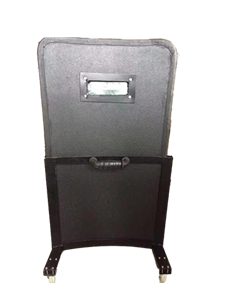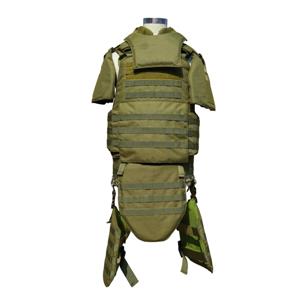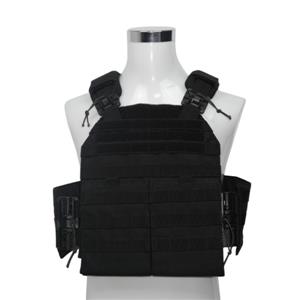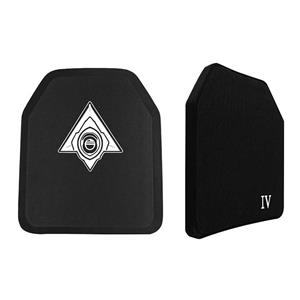Sự phát triển của áo chống đạn
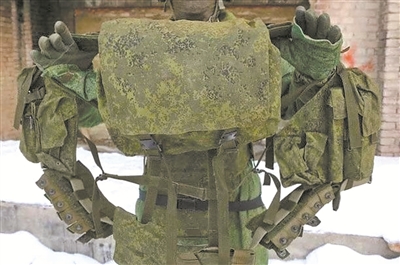
Russian new bulletproof suit
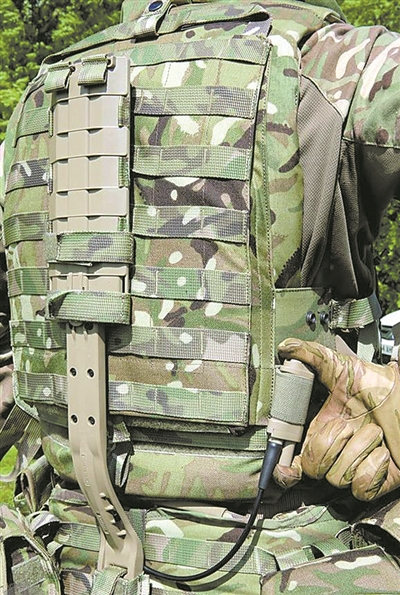
UK Osprey Assault Armor
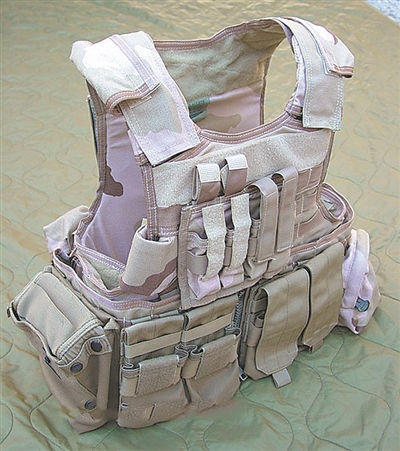
Israel RAV series bulletproof vest
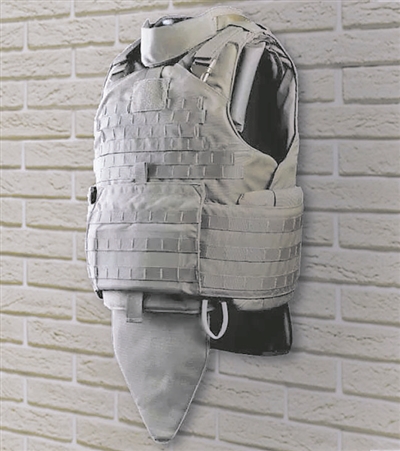
American IMTV Tactical Tank Top
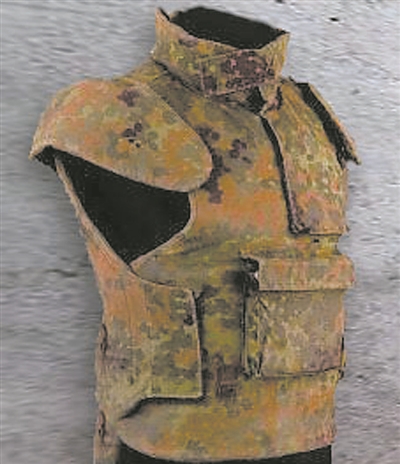
German ST bulletproof tactical vest
How are bulletproof vests bulletproof? How strong are these "shields" worn on your body? What are its shortcomings? Where is the future development path? Please read the explanation.
The earlier bulletproof vests were made of "steel as armor" and used hard steel plates to resist bullet fire. Although it can play a bulletproof role, its texture is too hard, its weight is too large, and it is inconvenient to wear. So, countries around the world gradually embarked on the path of finding "lightweight soft armor".
In this regard, cotton fibers entered people's vision earlier. Some countries have used more than 10 layers of cotton fiber to produce "cotton back armor", which has a certain bulletproof ability.
Silk has also been highly anticipated. At the end of the 19th century, a businessman was shot unscathed because the silk handkerchief he folded and placed on his chest just blocked the bullet. This news has sparked the exploration of "silk bulletproof" by scientists from multiple countries. American scientist Ziglen subsequently invented the silk bulletproof vest.
To test the effectiveness of the bulletproof vest, Ziglen personally put it on for shooting experiments. But silk bulletproof vests are expensive and cannot be produced in large quantities.
Until World War I, metal bulletproof vests were still the preferred choice for military forces in various countries.
After World War I, bulletproof vests made of multi-layer cotton or cloth gradually became the main character. Compared to silk bulletproof vests, bulletproof vests made of cotton and cloth may have slightly inferior protective effects, but they are cheaper in price.
Afterwards, with the development of technology, especially the emergence of manganese steel, metal bulletproof materials returned. This is because manganese steel not only has two major advantages: "hard" and "light", but also is cheap.
In the 1970s, a more outstanding material for bulletproof vests, Kevlar, appeared. This material has 5 times the strength of steel of the same quality and only 1/5 the density of steel. The bulletproof vest made of it is worn on the body, which is soft, comfortable to bend and stretch, and has strong bulletproof ability. Not only that, the bulletproof vest made of Kevlar can also resist acid and alkali corrosion, and has strong heat resistance and flame retardancy. In addition, it has anti-static properties, making it a more ideal wearable "shield".
The success of Kevlar and the subsequent emergence and application of Teflon and Spykote fibers have led to the increasing popularity of soft bulletproof vests made of high-performance textile fibers.
At the same time, in the face of increasingly high firing rates of bullets, people have developed soft and hard composite bulletproof vests, using fiber composite materials as inserts, once again improving the protective ability of such bulletproof vests.
Currently, with the emergence of more relevant new materials and technologies, countries around the world are still searching for the "strongest personal shield". All efforts are aimed at increasing the safety and chances of victory for soldiers on the battlefield.
In recent years, with the continuous development of military technology, especially materials science, more and more new bulletproof materials have been used in the development of bulletproof vests. The development of bulletproof vests shows a trend of being more resilient, lightweight, and considerate.
BAE Systems in the UK used a liquid called "shear thickener" in the design and manufacturing of bulletproof vests. Many special particles are freely suspended in this liquid. When a bullet hits this liquid at high speed, the particles in the "shear thickening liquid" absorb the impact energy and quickly become hard, thereby blocking the bullet.
According to reports, Russia has also made new progress in the development of new bulletproof materials. Researchers in the country have developed ultra-high molecular weight polyethylene fibers and plan to use this new material for "100 person long" individual equipment to more effectively defend against bullets fired by submachine guns.
In modern warfare, the number of equipment carried by soldiers continues to increase, and how to reduce the burden has become a new research topic. To this end, research institutions in some countries have begun to develop new ceramic bulletproof vests, in order to significantly reduce weight and enhance flexibility while ensuring their excellent protective performance.
Moreover, many countries are constantly empowering new bulletproof vests in the process of promoting their research and development, taking into account operational needs. A type of bulletproof vest called "amphibious" developed by the Russian Center for Reinforced Composite High Strength Materials can achieve "floating on water". This type of bulletproof vest adds a floating lining to the armor, allowing users to float in a fully armed state and aim and shoot close to the water surface.
Some new bulletproof vests can also be organically combined with individual modular equipment. At present, the common practice in various countries is to design modular interfaces for bulletproof vests, which can carry bullet bags, grenade bags, etc. Some intentionally set up gripping straps on the back to ensure that when officers and soldiers are injured or lose mobility, they can be promptly dragged to a safe area by their comrades for rescue.
Một số quốc gia đã thiết kế áo chống đạn dành riêng cho phụ nữ, phù hợp hơn với đặc điểm cơ thể của họ. Thiết kế áo chống đạn của nam giới mở rộng phạm vi bảo vệ một cách thích hợp mà vẫn duy trì khả năng cơ động, khiến chúng trở nên đáng tin cậy và hiệu quả hơn.
Có thể thấy trước rằng trong tương lai, mức độ bảo vệ của các loại áo quốc phòng khác nhau chắc chắn sẽ tăng lên cùng với sự phát triển của công nghệ, đạt được những bước đột phá mới trong cuộc đấu tranh không ngừng với đạn và mảnh vỡ.

